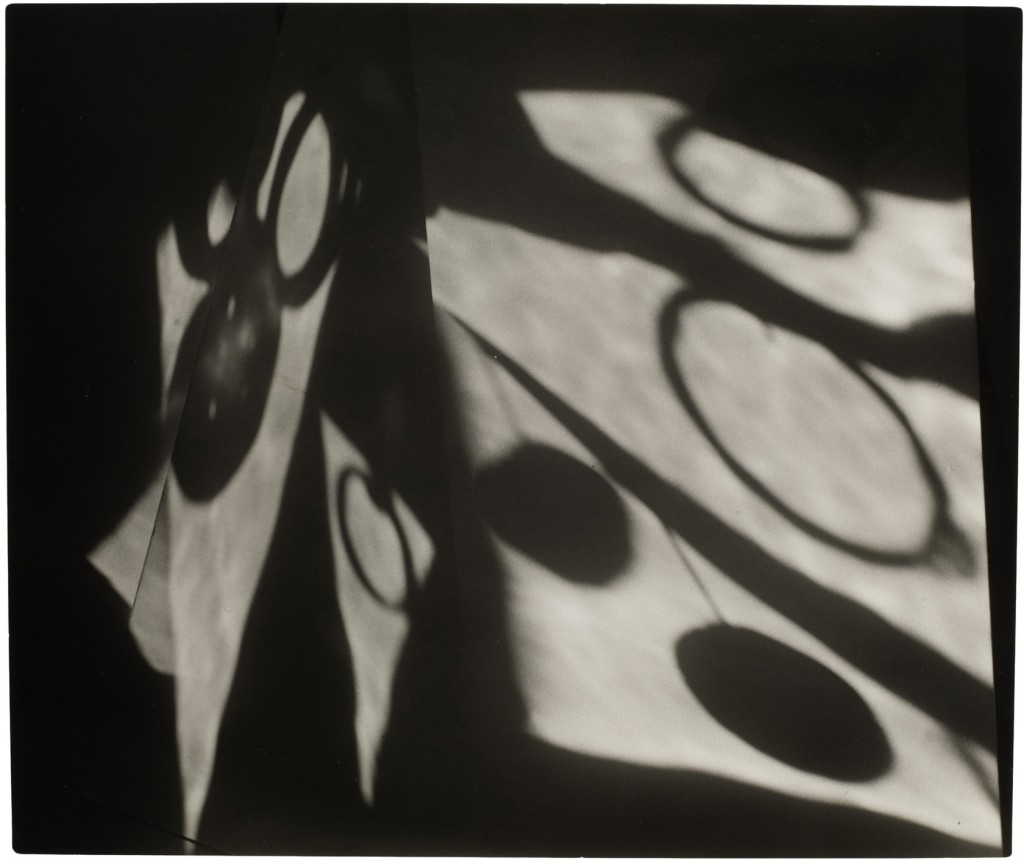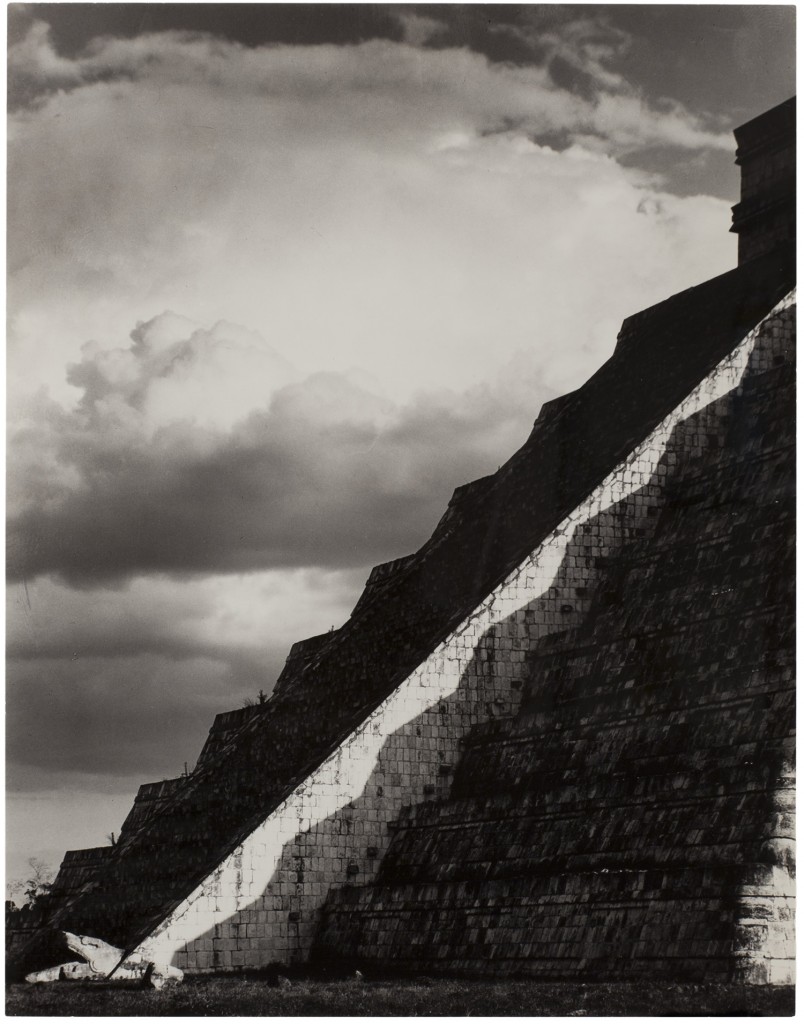
Every photograph depends upon the interplay of shadow and light for its existence. In fact, the earliest photographs were nothing but shadows, cameraless images created by placing some specimen directly on a piece of photographic paper. From the very origins of photography, the absence or presence of light has always dictated the form of a photograph, but in the twentieth century, photographers became discontent to let light fall where it may. Instead they sought out peculiar interactions of light and shadow, or manipulated light in front of the camera to create images that range from the abstract to the ominous. Some photographers (such as Maurice Tabard and Roger Graetz) made use of the dizzying spatial confusion inherent in the abrupt transition from light to dark, others (Petschow and MacRae) focused on the ways in which elongated shadows can make the familiar strange. Each of these photographers embraced photography’s unique dependence on shadow and light, which is to say that each of these photographs is, at least in part, about photography itself.

Light Composition (Light Abstraction)
1927-1929
Jaromir Funke
Photography

Sunlight and Shadow on the Balustrade of the North Stairway
1932
Laura Gilpin
Photography

Shadow
Circa 1930
Robert Petschow
Photography